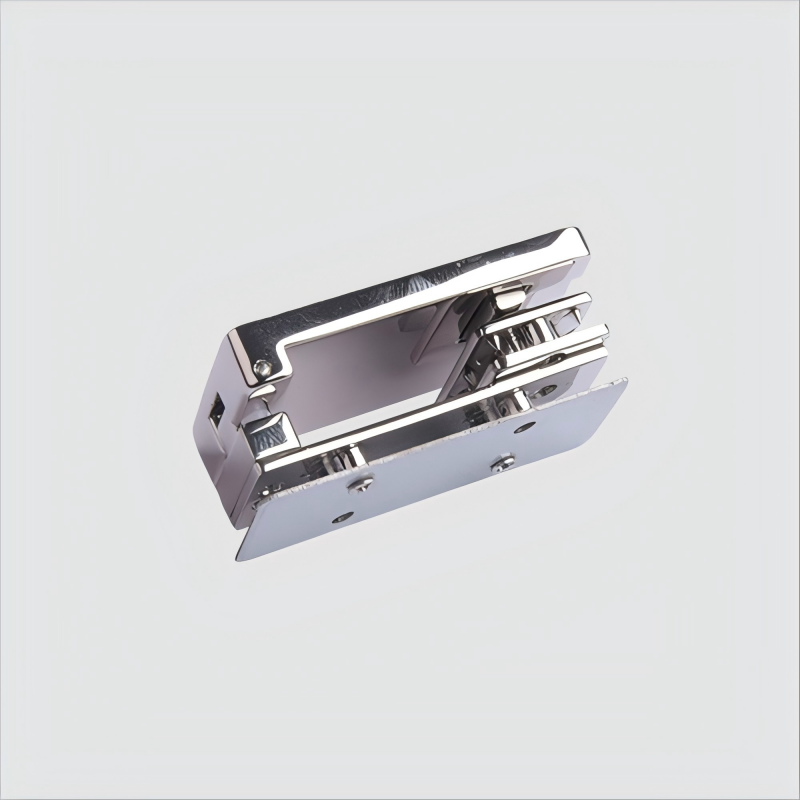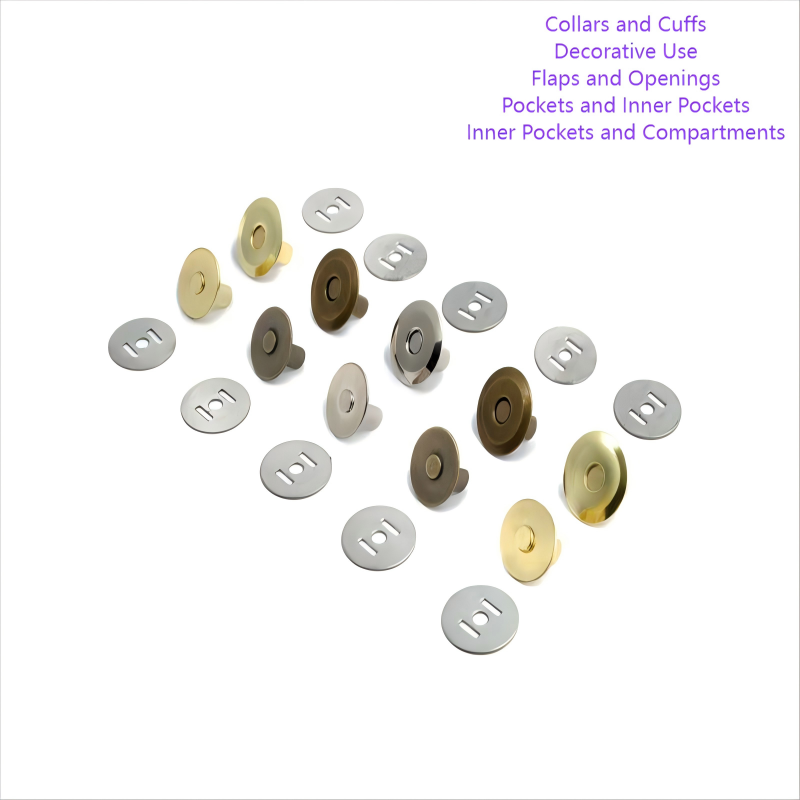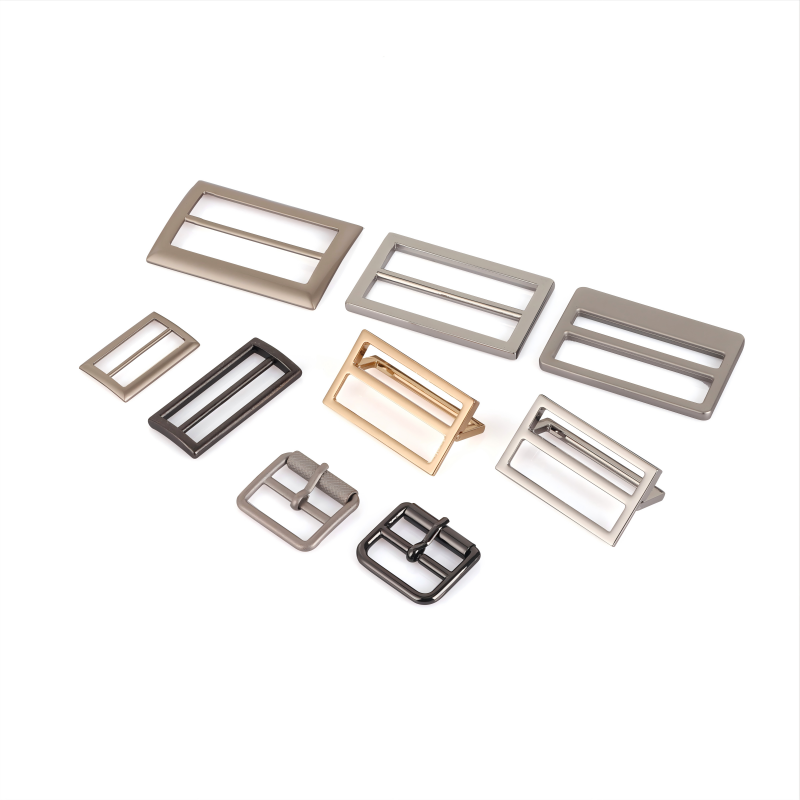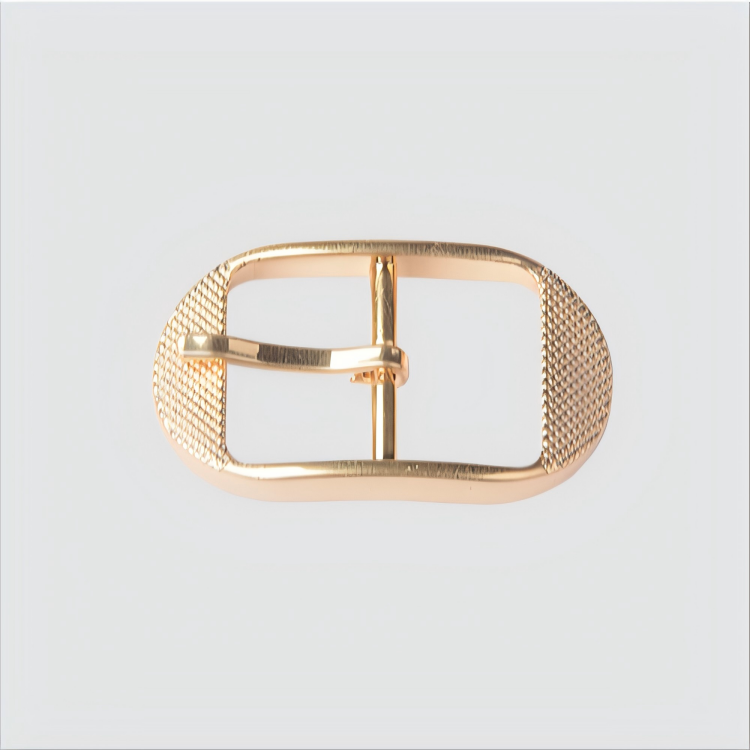Leather Goods and the Treatment of Hardware for Real Leather Goods
Leather goods have long been synonymous with luxury, durability, and timeless style. They encompass a broad range of products that cater to both fashion and functionality. However, when dealing with real leather goods, specific considerations must be made, particularly regarding the hardware used. Real leather, due to its organic nature, can have corrosive effects on certain materials, necessitating special treatments to ensure the longevity and appearance of the hardware.
What Products Are Included in Leather Goods?
Leather goods primarily include products made from high-quality leather, often used in fashion, accessories, and personal items. Some of the main categories of leather goods are:
Bags and Luggage:
This category includes a wide range of products such as handbags, briefcases, travel bags, duffel bags, backpacks, and luggage. These items are often made from top-grain or full-grain leather, offering both durability and a sophisticated appearance.Wallets and Small Leather Goods (SLGs):
Wallets, cardholders, coin purses, and key holders fall into this category. These items are frequently made from soft, supple leather that ages beautifully over time, gaining a unique patina.Belts:
Leather belts are a staple in both men's and women's wardrobes. They are available in various styles, from formal dress belts to casual, rugged designs, often featuring high-quality buckles and stitching.Footwear:
Leather shoes, boots, and sandals are valued for their comfort, durability, and elegance. High-quality leather footwear often features intricate craftsmanship, including hand-stitching and premium soles.Gloves:
Leather gloves are not only stylish but also functional, providing warmth and protection. They are commonly used in fashion, driving, and outdoor activities, with different types of leather offering various levels of flexibility and insulation.Jackets and Apparel:
Leather jackets are iconic fashion pieces, known for their durability and timeless appeal. Other apparel items include skirts, pants, and vests, often made from softer leathers like lambskin.Home and Office Accessories:
Leather goods also extend to items like desk pads, organizers, photo frames, and even furniture. These products add a touch of luxury to home and office spaces.
The Corrosive Nature of Real Leather
Real leather, particularly when it is untreated or poorly maintained, can be corrosive to certain types of metal hardware. This is primarily due to the natural acids and oils present in the leather. Over time, these substances can react with the metal, leading to tarnishing, rust, or even structural degradation of the hardware. Environmental factors such as humidity, temperature fluctuations, and exposure to chemicals like sweat or lotions can exacerbate these effects.
The corrosive potential is higher in environments where the leather goods are frequently exposed to moisture or where they come into regular contact with the skin. For example, belts, watch straps, and handbags that are regularly worn or handled may be more prone to causing corrosion in the hardware due to the combination of body oils, sweat, and external moisture.
Treatment of Hardware for Real Leather Goods
To mitigate the corrosive effects of real leather on hardware, several treatments and precautions are necessary:
Electroplating:
One of the most common treatments is electroplating, which involves coating the metal hardware with a thin layer of another metal, such as nickel, chrome, or gold. This coating provides a protective barrier between the leather and the hardware, reducing the risk of corrosion. High-quality electroplating also enhances the appearance of the hardware, giving it a polished, luxurious finish.Anodizing:
For aluminum or titanium hardware, anodizing can be used to create a protective oxide layer on the surface of the metal. This process not only increases the corrosion resistance but also allows for the addition of color, adding aesthetic appeal to the hardware.Powder Coating:
Powder coating involves applying a dry powder to the metal surface, which is then cured under heat to form a hard, protective layer. This treatment is particularly effective for hardware that will be exposed to harsh environments, as it offers excellent resistance to corrosion and abrasion.Use of Corrosion-Resistant Materials:
Another approach is to use metals that are inherently resistant to corrosion, such as stainless steel, brass, or certain alloys. Stainless steel, for example, is highly resistant to rust and tarnishing, making it an excellent choice for buckles, zippers, and other hardware components that will come into direct contact with real leather.Regular Maintenance:
Regular cleaning and conditioning of both the leather and the hardware can significantly extend the lifespan of leather goods. Using a leather conditioner helps maintain the leather’s flexibility and moisture balance, while wiping down the hardware with a soft cloth can remove any residues that might contribute to corrosion.Protective Coatings:
Applying a clear protective coating, such as a sealant or lacquer, to the hardware can further shield it from the corrosive elements of the leather. This treatment is often used on hardware that will be subject to heavy use or exposure to challenging environmental conditions.Leather goods, encompassing a wide range of products from bags and footwear to belts and home accessories, are valued for their luxury, durability, and timeless appeal. However, the use of real leather requires careful consideration of the hardware components, as the natural properties of leather can lead to corrosion if not properly treated. By employing techniques such as electroplating, anodizing, powder coating, and the use of corrosion-resistant materials, manufacturers can ensure that the hardware on real leather goods remains functional and visually appealing for years to come. Regular maintenance and the application of protective coatings further contribute to the longevity and quality of these cherished items.







